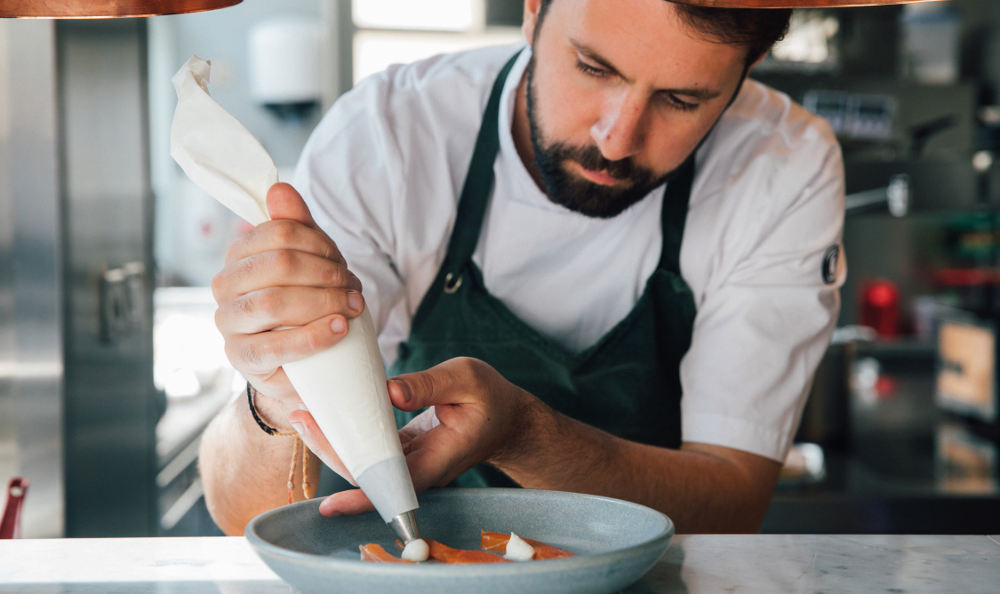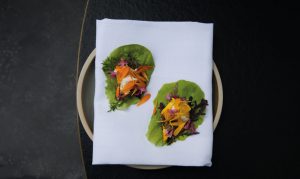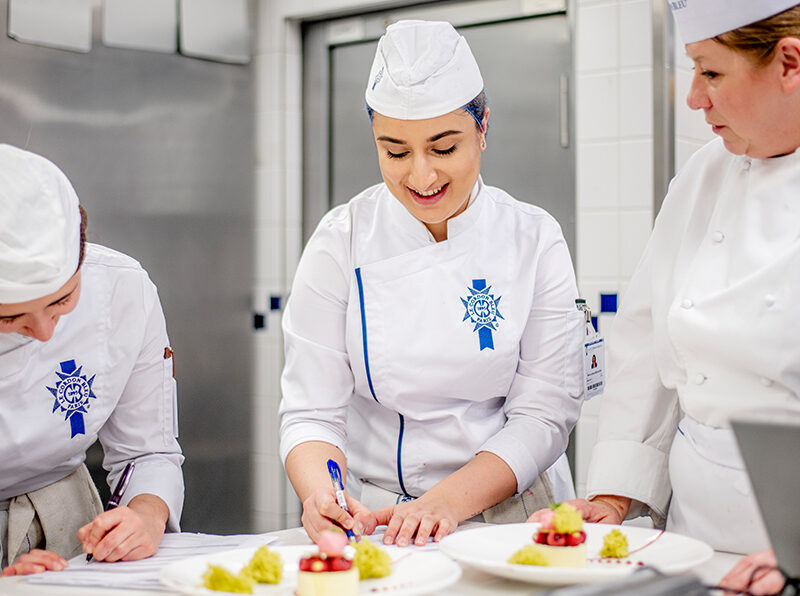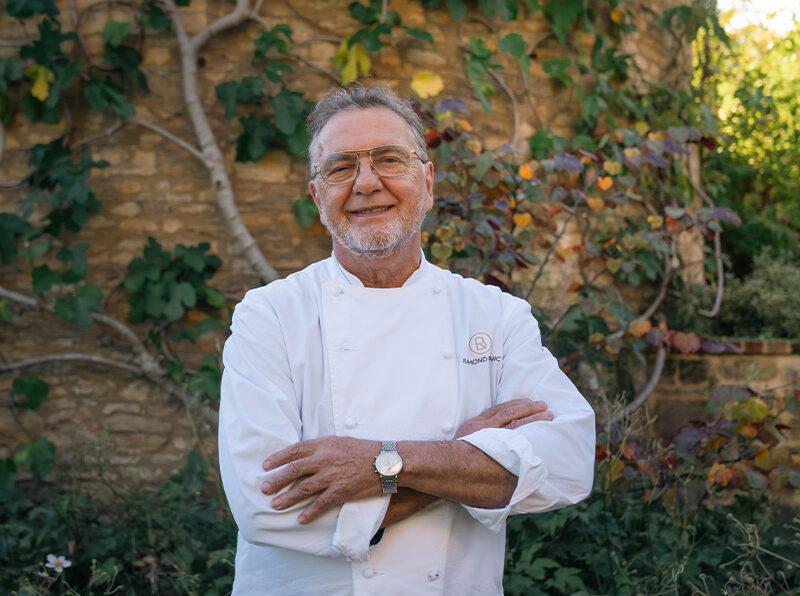
Foraging food treats
Merlin Labron-Johnson will be heading to RHS Hampton Court Palace Garden Festival with a menu inspired by wild ingredients. He tells us more about the bounty on our doorsteps…
In my opinion, the best time of year to hunt for wild food is during the transition from late summer to early autumn. Wild fruit such as damson, plums and blackberries are plentiful and rowan berries and sloe berries are on the way. Hopefully you will have harvested elderberries and preserved them into vinegar, jam, cordial and maybe even wine, as my late uncle did. Autumn will bring us cobnuts and chestnuts and the inevitable damp weather will provide us with an abundance of mushrooms, to be picked with caution.
Foraging can be dangerous and all wild food should be approached with caution. If in any doubt, do not pick or eat as some plants and fungi can be extremely poisonous. For beginners I’d recommend only seeking to gather things are easy to identify.
Below are a few suggestions of things I like to do with wild foods that are extremely common in the UK.
• Chestnuts
Chestnuts are abundant during autumn and are delicious roasted in an open fire and eaten warm. I like to cook
them, peel them and turn them into a puree which I use to make the lightest of cakes. When I lived in
Switzerland we used to serve them alongside braised cabbage and wild game during the hunting season, which
was glorious.
• Sloe berries
You can’t go wrong with a good sloe gin. After a long lunch, curled up in front of the fire. For something slightly
more unusual, try making Negroni with sloe gin, or make up an enormous batch of Negroni and add sloes to
the mixture to infuse. Leave in a glass jar, Demi John or even an oak barrel and age for 3 – 6 months. Strain and
serve on ice. This will make many people extremely happy and extremely drunk. Good luck.
• Sea beet
Sea beet grows by the coast and is a delicious alternative to spinach. It is best served steamed and tossed in
butter and lemon alongside a piece of fish. It is quite salty so don’t add too much salt. It also freezes quite well
so when you find some, pick more than you need and put a few bags in the freezer.
• Wild garlic or Ramson
My absolute favourite. Available in spring. All parts of the plant are edible and full of pungent, garlicky potential.
Try using the leaves to make a pesto with toasted walnuts and tossing through spaghetti. Another favourite is
torn up garlic leaves and stems, thrown into a rustic chicken broth.
• Elderflowers
Elderflowers make the most wonderful cordial when combined with water, sugar and lemon. Top with soda
for a refreshing drink or use the cordial to poach fruit in, like peaches for example. I also like to infuse
elderflowers into white wine or cider vinegar which can then be used to for finishing sauces and fragrant salad
dressings.
• Rowan berries
Bitter Rowan berries are extremely unpleasant (and according to some, poisonous) when eaten raw which is
perhaps why birds don’t bother eating them. Try bringing a good quality raw honey to a boil and pouring it into
a jar with rowan berries. The honey will cook and soften the bitterness of the berries. Leave to infuse for one
week and you’ll have a rowan berry honey. Use it to flavour ice creams, shake into cocktails, sweeten tea and
glaze the skin of duck or ham.
Merlin’s Taco of wild leaves, sheep’s milk cheese, sunflower seed praline and wild flowers
Serves 6
Ingredients:
6 large wild leaves (jack by the hedge / sorrel / Nasturtium / amaranth)
90g ricotta
60g sunflower seed praline
2 marigold flowers
3 nasturtium flowers
3 mustard / rapeseed / turnip / broccoli flowers
Rapeseed oil, to drizzle

Merlin_RHS_dishes-Mónica R Goya
Method:
Place a teaspoonful of ricotta in the middle of the leaf and a slightly smaller quantity of praline next to it. Top with wild flowers, a drop of rapeseed oil and a pinch of salt. Serve.
Sunflower seed praline:
500g caster sugar
250g sunflower seeds, toasted in the oven until golden
50ml rapeseed oil
Salt
Water
Melt the sugar in a large saucepan and let it cook slowly until it turns a light caramel colour. Once the caramel is ready and still hot, add the seeds and mix well. Put immediately onto a tray lined with baking parchment and spread out. Leave to cool and harden. Once hard, place in a food processor and blitz with the oil, adding small amounts of water until you have a smooth-ish texture, roughly the same consistency as peanut butter. Season generously with sea salt and set aside. This recipe makes more than you need for 6 people. Try having it on porridge or toast for breakfast.
Merlin is creating a Wild Garden banquet at Hampton Court Palace Garden Festival, 2 to 7 July. Find out more. Five courses £80pp.






